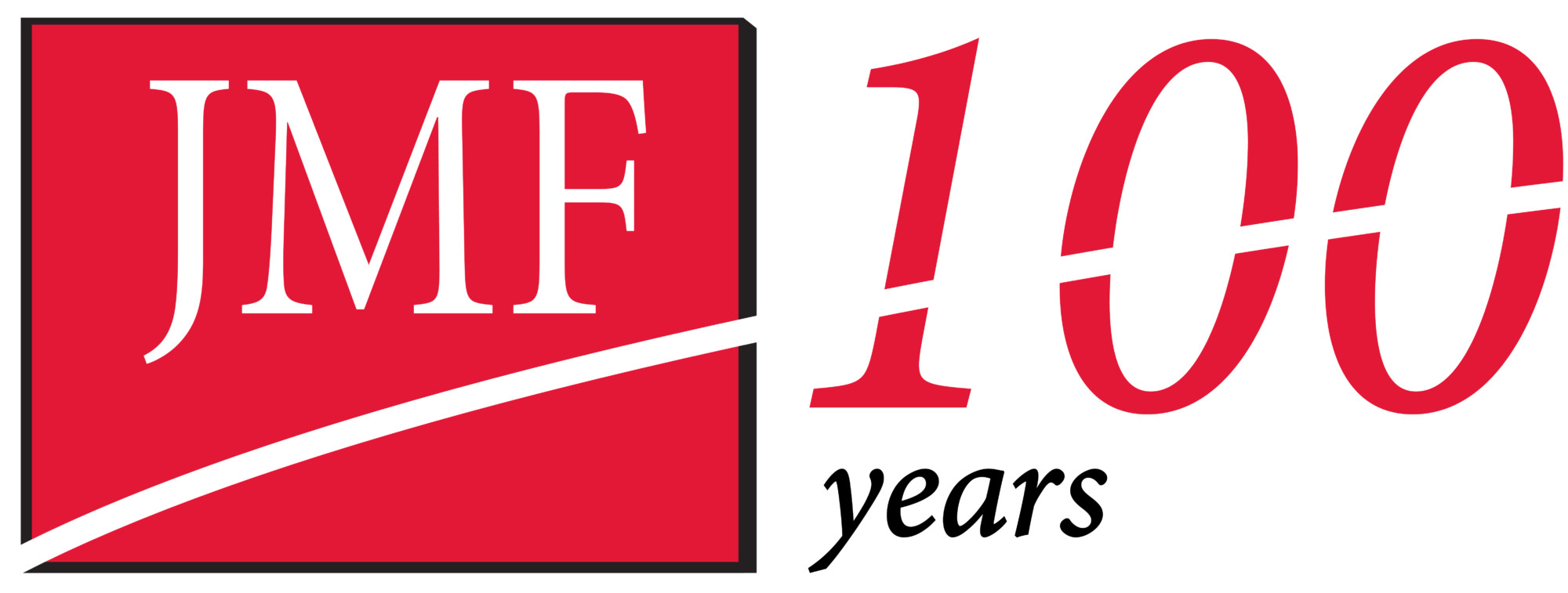Effective January 1st, 2015, and in keeping with the Tax Court’s recent decision, the limit of one IRA rollover to another within any 12 month period will now apply on an aggregated basis.
The old IRA-by-IRA rollover basis when considering the 12 month period has been withdrawn, even though the IRS Publication 590, Individual Retirement Arrangements, still provides that this application is acceptable.
The limitation does not affect any Trustee-to-Trustee transfers between IRAs or any rollovers, called conversions, from traditional IRAs to Roth IRAs. Nor does it apply to any moves from a 401(k) plan to an IRA.
The transactions being targeted is the tax code provision that permits tax-free IRA rollovers as long as any amount withdrawn from one IRA is repaid to another, or the same, IRA within 60 days.
Recently, the Tax Court held that only one non-taxable IRA rollover is available within any 12 month period when considering all the IRAs a taxpayer owns. In the TC Memo 2014-21, the taxpayer had made more than one rollover from more than one IRA during the tax year, therefore only one rollover was tax-free and any others were considered fully taxable.
In addition to the possibility that the 10% early withdrawl excise tax could apply on the fully taxable rollovers, the IRS will be looking to apply the 6% (per year) penalty on excess contributions related to the repaid and now disallowed IRA rollovers.
If you frequently rollover IRAs, or if you believe the one-rollover-per-year-per-account rule could easily be violated in 2015, then look at your recent IRA transactions. Excess contributions can be corrected without penalties if they are timely withdrawn.
The IRS has delayed implementation of the new rule and states it will not apply to rollovers made before January 1st, 2015.






Leave A Comment
You must be logged in to post a comment.